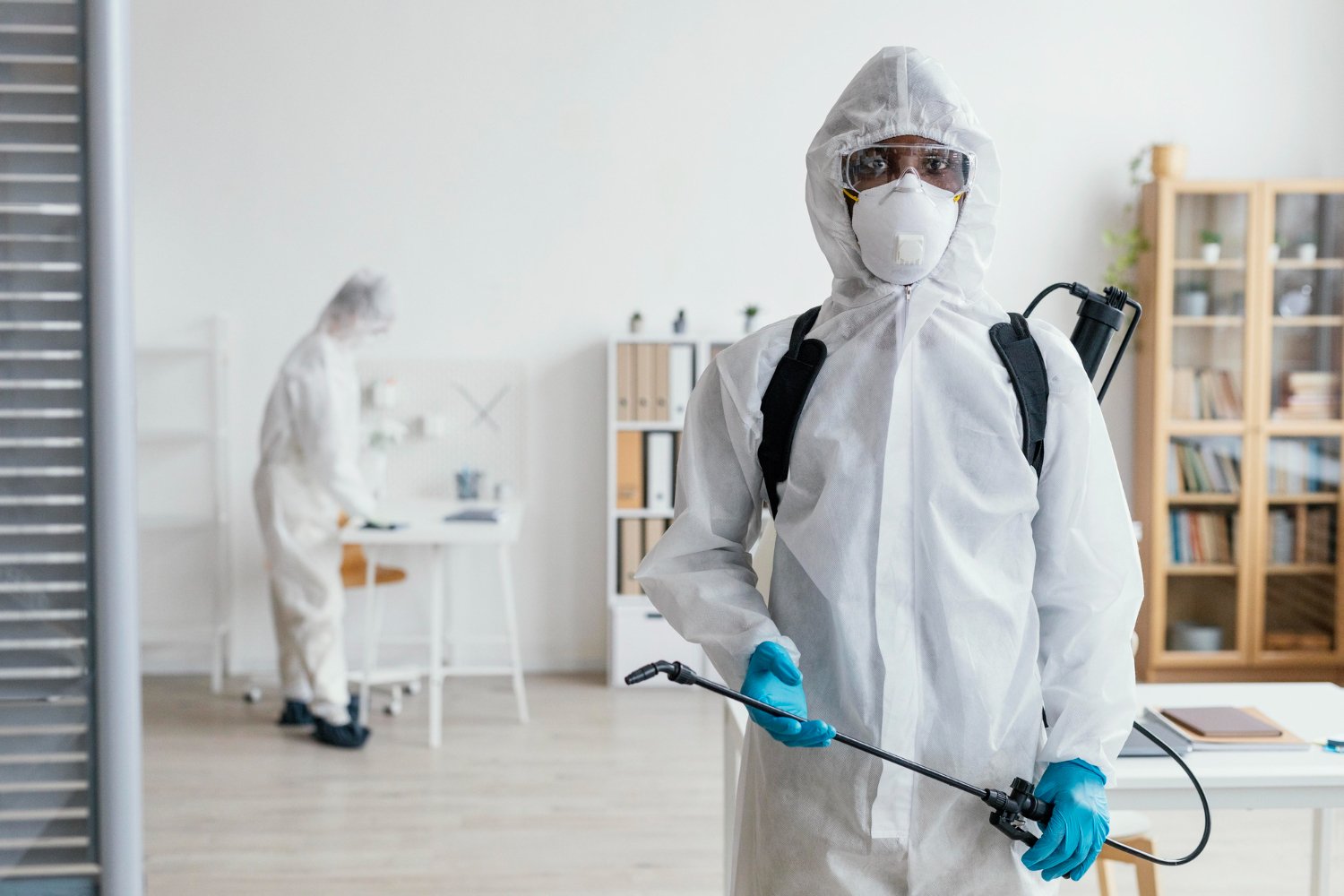Bed Pest Therapy Failure: Comparing Chemical Vs. Non-Chemical Solutions
In the realm of parasite control, particularly when taking care of the consistent issue of bed insects, the selection between chemical and non-chemical treatment remedies can be a critical one. Both strategies use distinct advantages and disadvantages, influencing variables such as effectiveness, security considerations, and general price. By taking a look at the nuanced information of each method, a clearer understanding of which path to seek in addressing a bed bug invasion can be acquired.
Effectiveness of Chemical Therapies
Chemical treatments for bed bug infestations have been widely recognized for their fast and powerful effectiveness in removing these bugs. When considering the performance of chemical therapies, it is vital to comprehend that they can offer a extensive and quick service to a bed bug trouble.
Furthermore, chemical treatments have the advantage of offering recurring effects, suggesting that they can continue to get rid of bed bugs also after the initial application. This recurring action is particularly beneficial in combating any type of potential re-infestations. Furthermore, the quick action of chemical therapies can bring alleviation to individuals facing extreme bed bug problems, allowing them to reclaim control of their space quickly.
Security Interest In Chemical Solutions
When making use of chemical remedies for bed pest treatment is making sure the safety of owners and the atmosphere,One crucial aspect that requires careful factor to consider. While chemical therapies can be reliable in getting rid of bed pests, they might pose risks if not dealt with correctly. One of the main security interest in chemical services is the prospective harm they can cause to human health. Direct exposure to particular chemicals made use of in bed pest therapies can bring about respiratory system concerns, skin irritation, or other damaging responses, particularly in individuals with pre-existing problems or sensitivities. Additionally, improper application or dose of chemical pesticides can lead to harmful deposits remaining in the treated area, posturing lasting health and wellness dangers to residents.
In addition, the ecological effect of chemical solutions is an additional significant factor to consider. Some pesticides used in bed insect therapies might be unsafe to beneficial bugs, wildlife, and environments if they leach right into the soil or water systems. It is important to utilize chemical treatments judiciously, complying with safety guidelines, and considering much less poisonous alternatives to alleviate these threats and guarantee the efficient and risk-free monitoring of bed bug problems.
Advantages of Non-Chemical Approaches
Thinking about the possible safety and security issues and ecological influence associated with chemical remedies for bed pest treatment, exploring non-chemical techniques offers a promising option with a number of unique advantages. Non-chemical approaches offer a much safer choice for families, specifically those with animals, youngsters, or people conscious harsh chemicals. These methods eliminate the risks of direct exposure to poisonous materials, reducing the possibility for damaging wellness impacts. Moreover, non-chemical treatments are eco-friendly, as they do not contribute to air or water pollution, making them a lasting selection for bug control.
Additionally, non-chemical remedies can be efficient in targeting bed pests, consisting of hard-to-reach locations where chemical treatments might not penetrate - A1 bed bug treatment in charlotte. Approaches such as heat therapy, vacuuming, vapor cleansing, and mattress encasements supply extensive obliteration without the use of hazardous chemicals.
Limitations of Non-Chemical Treatments

Additionally, non-chemical therapies often need numerous applications to accomplish effective removal. This can be taxing and might not always ensure full elimination of all bed insects and their eggs, specifically in hidden or hard-to-reach places.
In addition, the success of non-chemical treatments heavily relies upon correct application and thoroughness, which can be testing for people without professional proficiency. Insufficient application of non-chemical techniques might lead to incomplete elimination, bring about consistent problems and the demand for additional treatments.
For that reason, while non-chemical treatments have their benefits, it is important to acknowledge these restrictions and consider them when figuring out one of the most reliable approach for managing bed bug infestations.
Expense Contrast: Chemical Vs. Non-Chemical Options
Offered the constraints associated with non-chemical treatments, an important aspect to examine in the context of bed insect management is the price contrast between chemical and non-chemical choices. Chemical treatments normally include the application of insecticides by professionals, which can range from $250 to $900 per area, relying on the extent of the invasion and the size of the location to be treated. In contrast, non-chemical treatments like warmth therapy or heavy steam can be a lot more pricey, with prices ranging from $1,000 to $6,000 for an entire home. While the initial expense of chemical treatments might seem click this link lower, multiple therapies may be called for to totally remove the problem, possibly enhancing the overall price. On the various other hand, non-chemical options might give a much more green and sustainable remedy, although they can be cost-prohibitive for some individuals. Ultimately, when taking into consideration the expense of bed bug treatment alternatives, it is essential to consider the in advance expenses versus the efficiency and lasting sustainability of the selected approach.
Conclusion

Thinking about the possible safety concerns and ecological influence associated with chemical options for bed pest treatment, discovering non-chemical methods provides a promising alternative with a number of distinctive benefits.Provided the restrictions linked with non-chemical treatments, a necessary facet to evaluate in the context of bed insect monitoring is the cost comparison between chemical and non-chemical alternatives. In contrast, non-chemical treatments like warm treatment or vapor can be more expensive, with expenses varying from $1,000 to $6,000 for a whole home. While the first expense of chemical therapies might seem lower, multiple treatments may be needed to fully remove the invasion, possibly boosting the general cost.In final thought, when comparing chemical and non-chemical bed insect treatment choices, it is crucial to consider effectiveness, safety, dig this benefits, limitations, and cost.
Comments on “A1 Pest Control Charlotte NC Bed Bugs - Specialist Elimination Services”